 Entering Kirby
Entering Kirby
Entry Category: Counties, Cities, and Towns
 Entering Kirby
Entering Kirby
Kirby (Pike County)
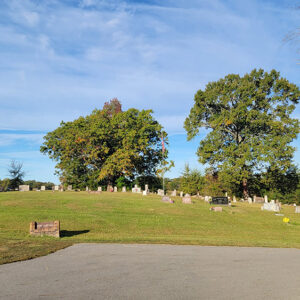 Kirby Cemetery
Kirby Cemetery
 Kirby Church
Kirby Church
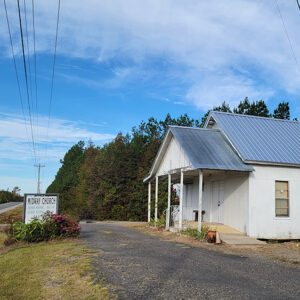 Kirby Church
Kirby Church
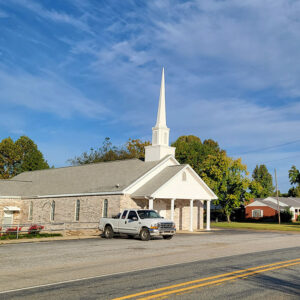 Kirby Church
Kirby Church
 Kirby Fire Department
Kirby Fire Department
 Kirby Post Office
Kirby Post Office
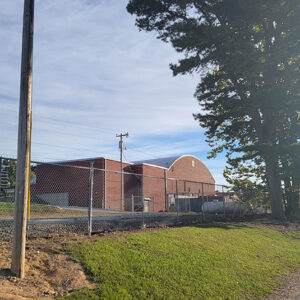 Kirby Schools
Kirby Schools
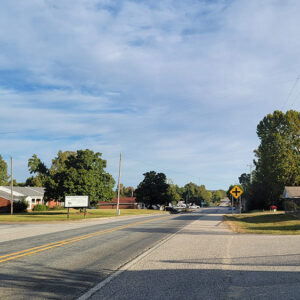 Kirby Street Scene
Kirby Street Scene
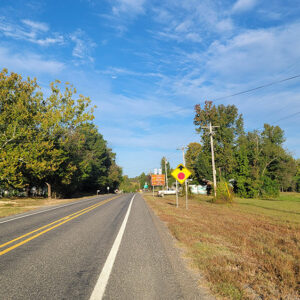 Kirby Street Scene
Kirby Street Scene
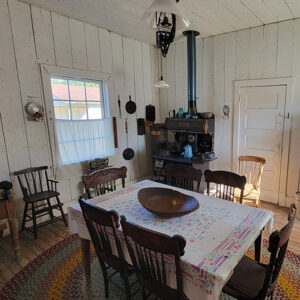 Kitchen Display
Kitchen Display
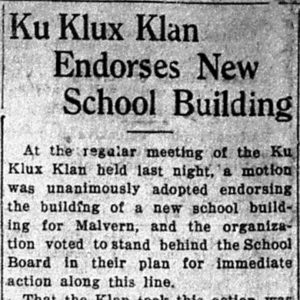 KKK School Endorsement Article
KKK School Endorsement Article
Knobel (Clay County)
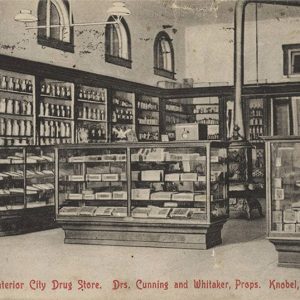 Knobel Drugstore
Knobel Drugstore
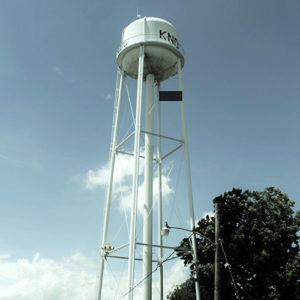 Knobel Water Tower
Knobel Water Tower
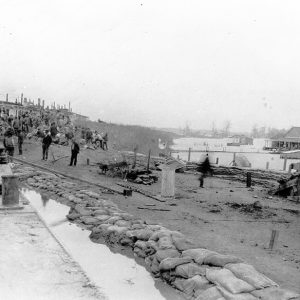 Knowlton Landing
Knowlton Landing
 Knoxvile School
Knoxvile School
Knoxville (Johnson County)
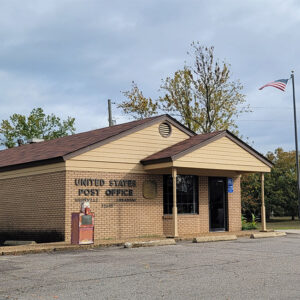 Knoxville Post Office
Knoxville Post Office
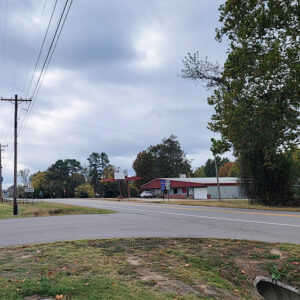 Knoxville Street Scene
Knoxville Street Scene
 Kraft Foods
Kraft Foods
 Kraft Paper Plant
Kraft Paper Plant
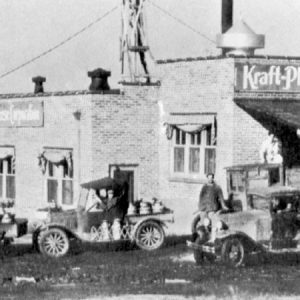 Kraft-Phenix Cheese Factory
Kraft-Phenix Cheese Factory
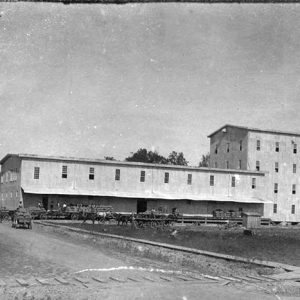 L. A. Black Rice Mill
L. A. Black Rice Mill
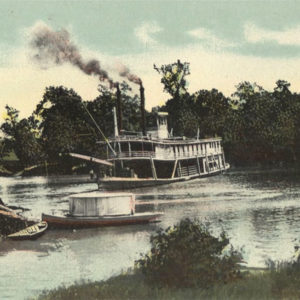 L'Anguille River Steamboat
L'Anguille River Steamboat
 Lackey's Hot Tamales
Lackey's Hot Tamales
Laconia Circle Levee
LaCrosse (Izard County)
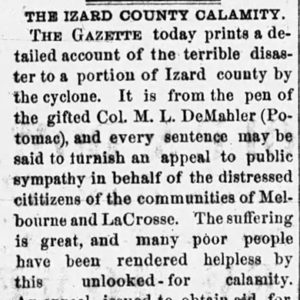 LaCrosse Tornado Article
LaCrosse Tornado Article
Lafayette County
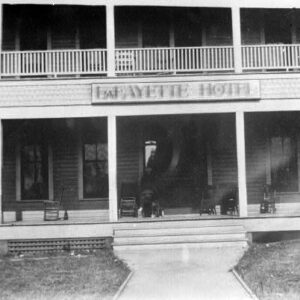 Lafayette Hotel
Lafayette Hotel
Lafe (Greene County)
LaGrange (Lee County)
 Lake Atkins
Lake Atkins
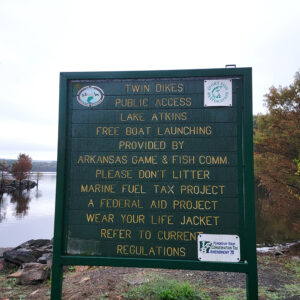 Lake Atkins Boat Launch
Lake Atkins Boat Launch
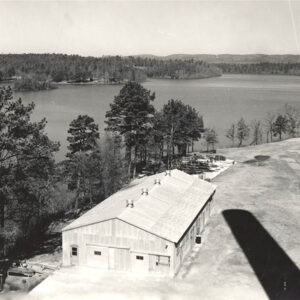 Lake Catherine
Lake Catherine
Lake City (Craighead County)
 Lake City Bridge
Lake City Bridge
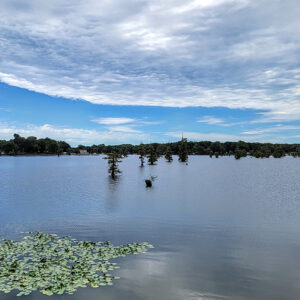 Lake Conway
Lake Conway
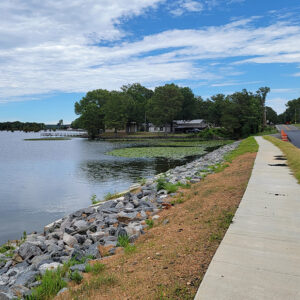 Lake Conway
Lake Conway
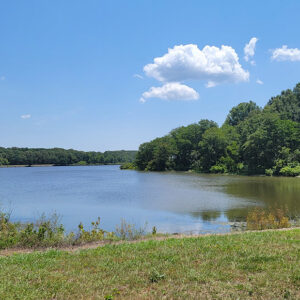 Lake Des Arc
Lake Des Arc
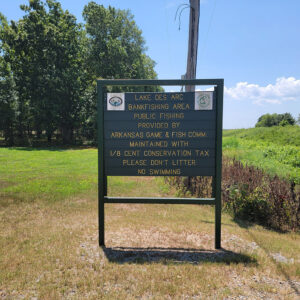 Lake Des Arc Sign
Lake Des Arc Sign
 Lake Francis Hotel
Lake Francis Hotel
 Lake Greenlee
Lake Greenlee
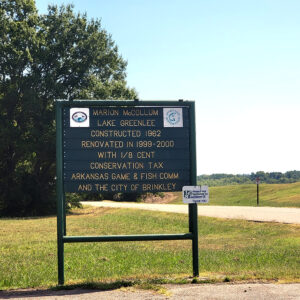 Lake Greenlee Sign
Lake Greenlee Sign
 Lake Greeson
Lake Greeson
 Lake Lucerne
Lake Lucerne
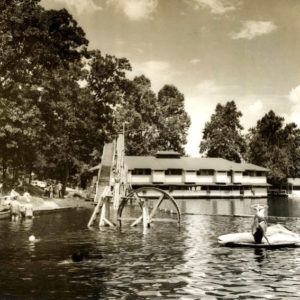 Lake Lucerne
Lake Lucerne
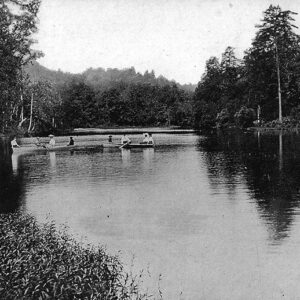 Lake Lucerne as Sanitarium Lake
Lake Lucerne as Sanitarium Lake




